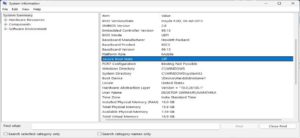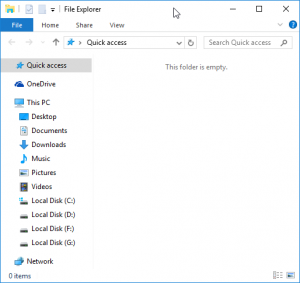Optimizing Windows 11 for Improved Speed
1. Update Windows:
Keep your Windows 11 up to date for enhanced performance, security, and bug fixes. Access “Settings,” click on “Windows Update,” and ensure automatic updates are enabled.
2. Manage Startup Apps:
Press Win+I to open Settings.
Select “Apps” from the left-hand menu.
Scroll down to “Startup.”
Disable unnecessary startup apps by toggling them off individually.
3. Disable Notifications:
Notifications can impact speed and concentration.
Go to Settings.
Select “System” from the left-hand menu.
Click on Notifications.
Navigate to Additional Settings.
Uncheck “Get tips and suggestions when using Windows.”
4. Manage Background Apps:
Background apps consume memory even when not in use.
Access Settings.
Click on Apps in the left-hand menu.
Choose Installed Apps.
Click the three-dot icon for the app.
Select Advanced Options.
Set “Let this app run in the background” to “Never.”
5. Utilize Efficiency Mode:
Windows 11 offers an Efficiency mode for optimized performance.
Right-click on the taskbar.
Go to Task Manager.
Right-click on desired apps and enable Efficiency Mode.
6. Turn Off Visual Effects:
Enhance speed by reducing visual effects.
Press the Windows button on your keyboard.
Type “Adjust the appearance and performance of Windows.”
Choose “Adjust for best performance” or customize settings.
Click OK when finished.
7. Close Unnecessary Apps:
Right-click on system tray icons.
Close unnecessary apps to free up system resources.
Optimize system performance by running only essential applications.
By following these steps, you can significantly improve the speed and responsiveness of your Windows 11 system. Regular maintenance and thoughtful customization contribute to a smoother computing experience.





